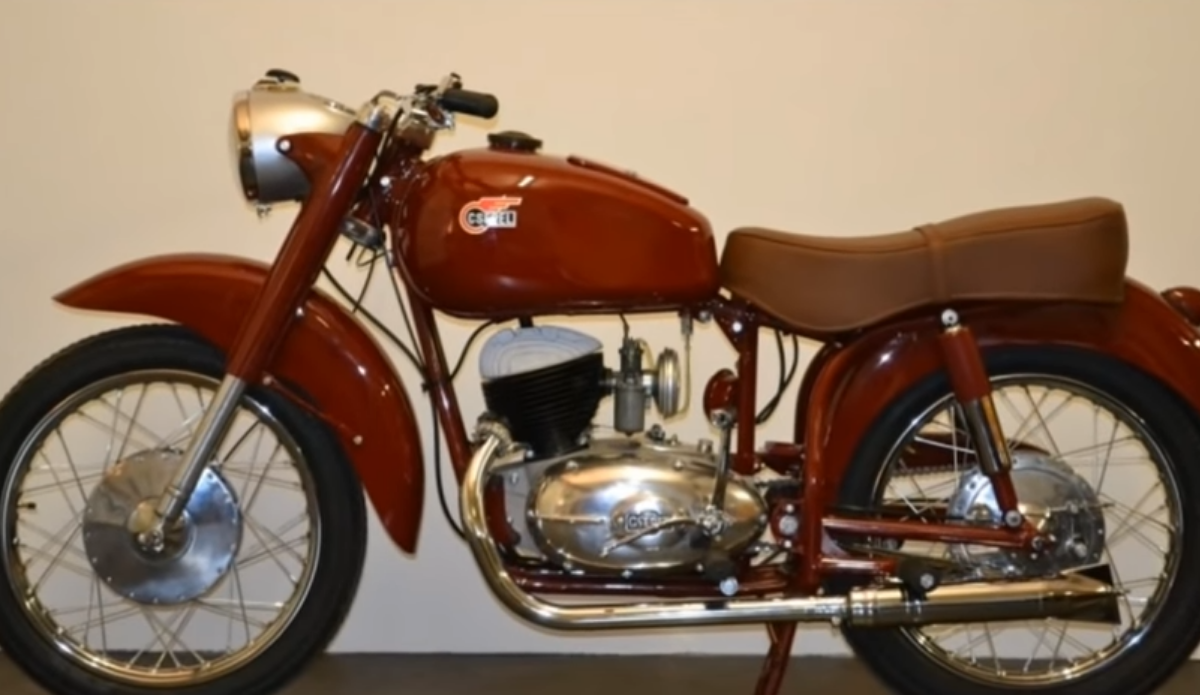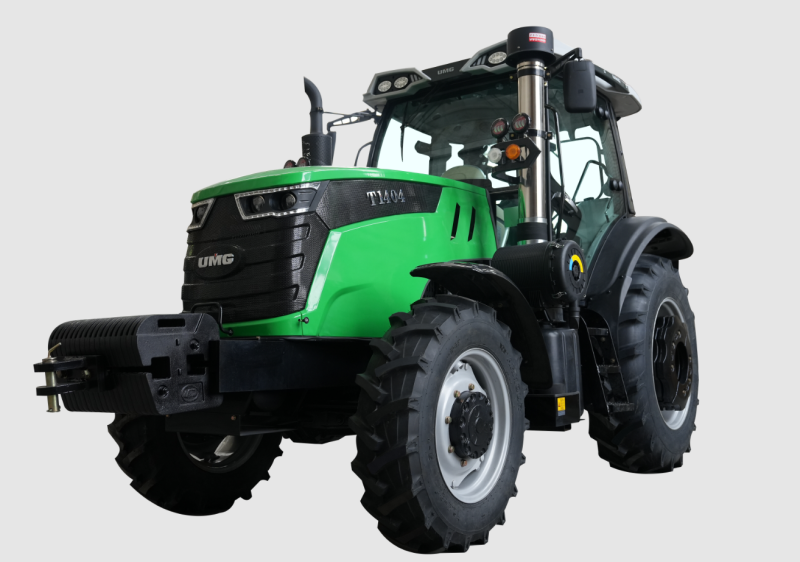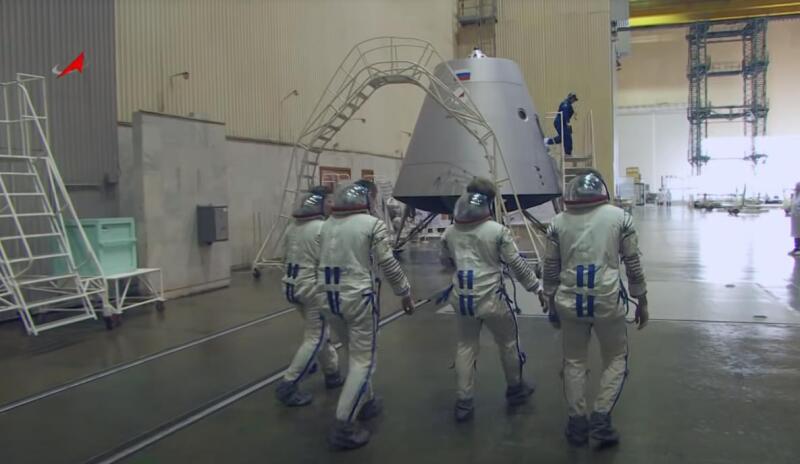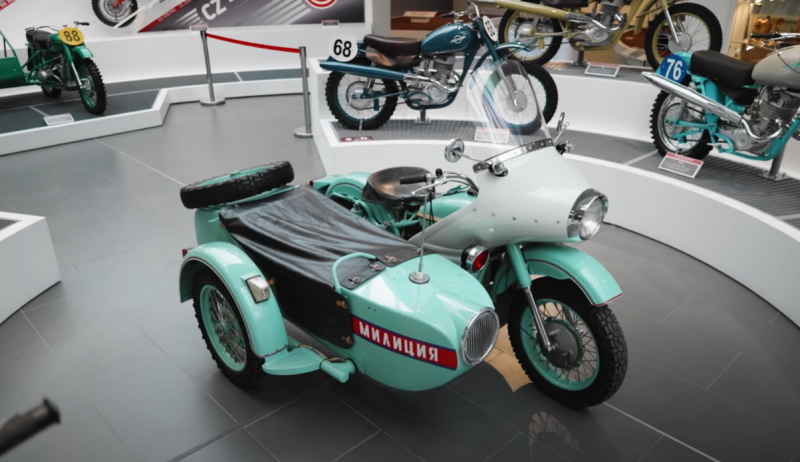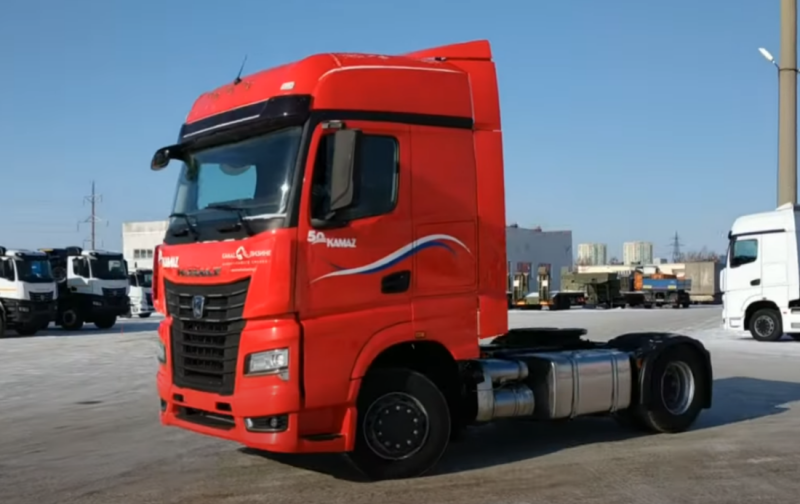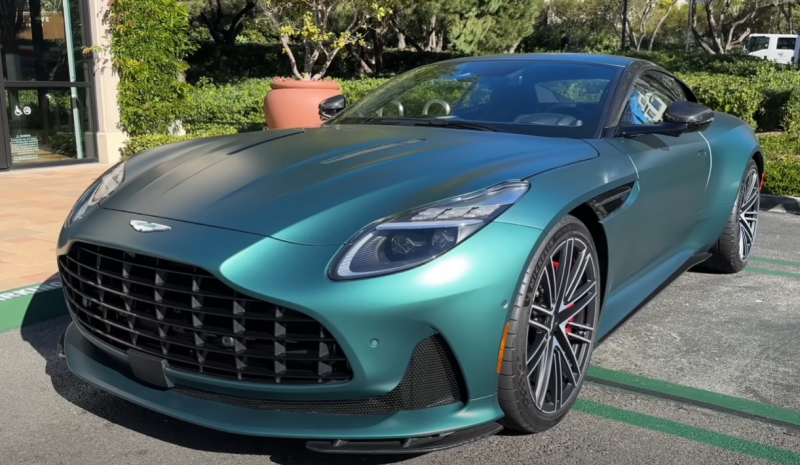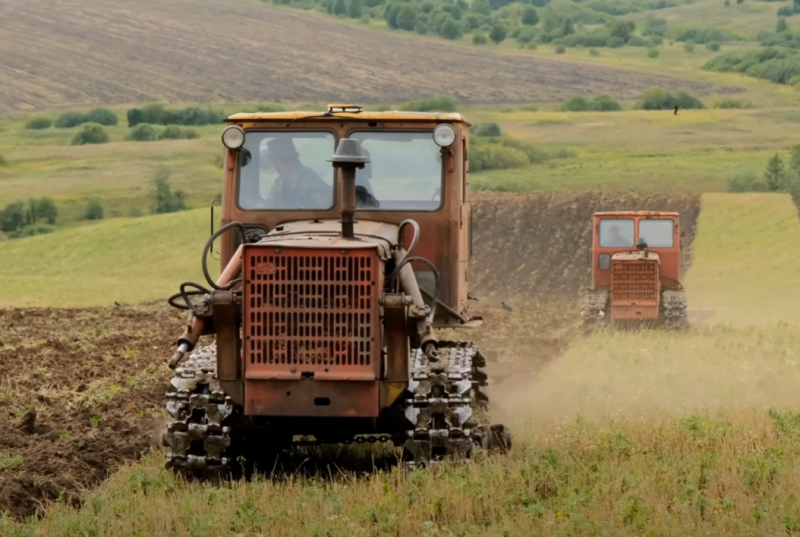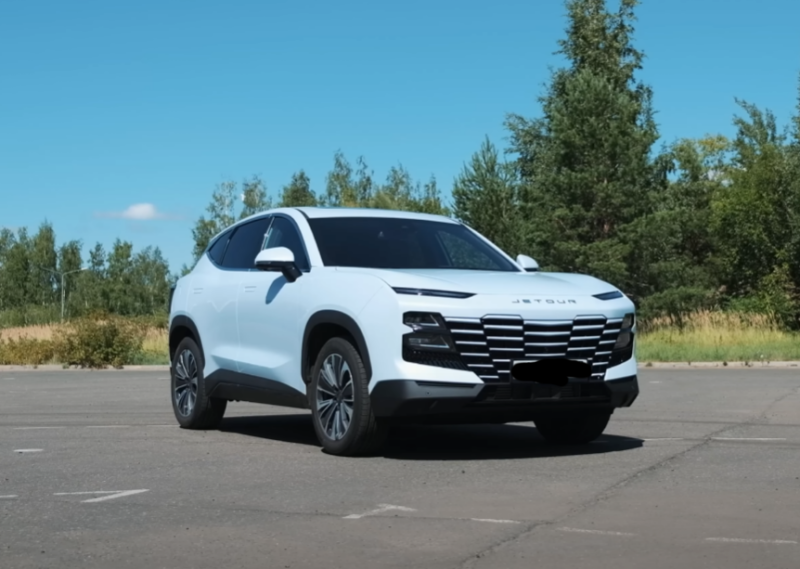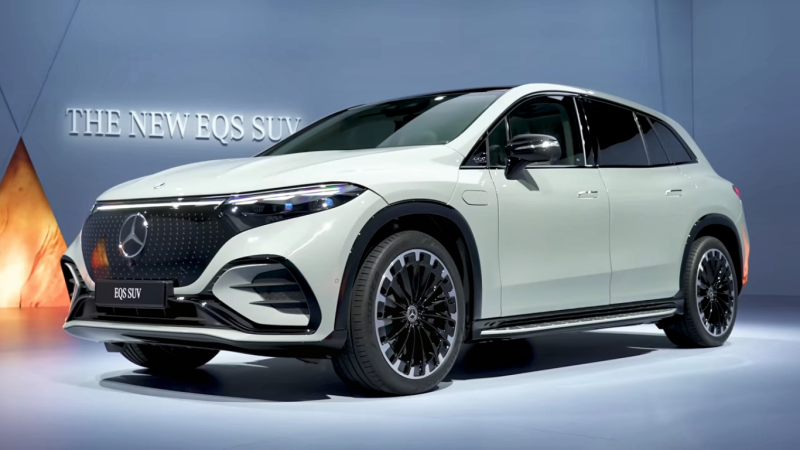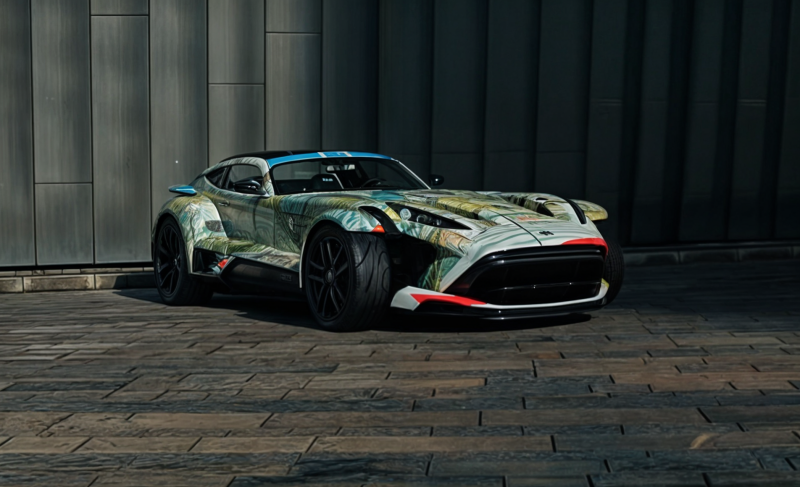The fact is that spare parts for Pannonia were no longer supplied to the USSR since 1975, they either had to survive on stocks collected from thrifty grandfathers, or “collective farms” something.
By the way, the famous wooden pistons are just from the series “how to sell Pannonia so that it starts up and drives at least a few kilometers.”
Motorcycles that did not fall into the USSR
Motorcycles from the Hungarian factory have been known in Europe since 1932, when they were sold under the Csepel brand. Interestingly, the Csepel machine-building plant produced bikes under several brands.
 CSEPEL 250 MODEL 1953. Photo: Youtube.com
CSEPEL 250 MODEL 1953. Photo: Youtube.comAmong them are:
- ? Csepel
- ? Panni
- ? Danuvia
- ? pannonia
- ? White
- ? tunde
The production range included not only motorcycles, but also scooters. But in the USSR, only bikes under the Pannonia brand were supplied.
The first motorcycles of the Csepel factory were small-capacity copies of the German DKW RT-125. The same bikes became the starting point for the Minsk ("macaque") and ZiD (Voskhod) model lines. The Hungarians went the furthest, creating their motorcycles with engine volumes that increased to 250 cm3.
At the Minsk motorbike plant, they didn’t try to be smart with the engine at all, releasing 125-cc models all the time, just modifying the engine. The Degtyarev plant went further by upgrading the power unit to 175 cm3. But the Hungarians immediately set their sights on Java's competitors, releasing a motorcycle with an engine of 250 "cubes".
The first self-designed bikes appeared in 1954 - it was the Csepel TL 250 model.
Pannonia TLT 250
It was from this motorcycle that Soviet drivers learned about the Hungarian Pannonia. The TLT 250 debuted in 1956. Around the same time, the bike began to be delivered to the USSR, but in small batches.
 Pannonia de Luxe TLT 250. Photo: Youtube.com
Pannonia de Luxe TLT 250. Photo: Youtube.comThen in the Soviet Union there were two two-wheeled foreign cars - Java and Pannonia. Czech bikes in the 1950s were also supplied to the USSR in small quantities, but there were two models - 250 and 350 cubic centimeters.
Large and regular batches of Hungarian and Czech motorcycles began to come to us only from 1964.
Pannonia TLT 250 was rare in the Soviet Union, but enthusiastic motorcyclists knew about it. The beautiful bike was supplied mostly in black, which earned it the nickname "Hungarian Crow", which was also influenced by the wings on the badge.
The motorcycle for the USSR of the 1950s was wonderful:
- ? Two-stroke engine with a displacement of 246 cm3
- ? Power 14 l. With.
- ? Weight only 146 kg
- ? Speed - up to 110 km / h
- ? Average fuel consumption - 4 liters per 100 km
In general, an ideal bike, especially considering the fact that it was much more reliable than Soviet models. It was difficult to buy such a thing in the 1950s, so the rare lucky ones were very envied, like the owners of Java.
Pannonia TLF 250
The next model is the Pannonia TLF 250. The motorcycle received a new design, not as heavily overloaded with guards as before. The bike was produced from 1958 to 1961, delivered to the USSR in small quantities.
 Pannonia de Luxe TLF 250. Photo: Youtube.com
Pannonia de Luxe TLF 250. Photo: Youtube.comThe motorcycle was a single-cylinder, two-stroke, working volume of 246 cm3, the power remained at the same level - 14 liters. With.
Pannonia T5
After a short break, the Soviet Union signed large contracts with the Hungarian Csepel plant and the Czech Jawa. Since then, deliveries have increased tenfold. For example, about 50% of Pannonia motorcycles went to the USSR, and more than 90% of Yav.
The Pannonia T5 model has become really popular. Along with the Jawa "Chekushka", the motorcycle was in high demand among the population, usually in cities. In the countryside, they were afraid to contact "foreign cars" - it was much more difficult to find spare parts there.
Motorcyclists respected the Pannonia T5 for:
- ? Reliability
- ? Low fuel consumption
- ? High permeability
- ? Appearance
- ? The presence of a stroller
Yes, the model had options with trailers! They were produced at the Vaci Hajogyar enterprise.
 Pannonia T5. Photo: Youtube.com
Pannonia T5. Photo: Youtube.comThe motorcycle was light enough, so the weight of the sidecar was only 60-70 kg. At first they were made on a steel frame with the same skin, then they began to use aluminum.
The trailers were called "Duna", and they looked very stylish. Then the space theme was in fashion, so the strollers are made in the style of rockets.
The Pannonia T5 motorcycle was equipped with a two-stroke engine with a displacement of 247 cm3. Power increased to 16 liters. With. The speed was 115 km / h, acceleration to "hundreds" - 25 seconds.
The model was produced from 1964 to 1975, and more than 200 copies of these beautiful bikes came to the USSR.
After the release of the motorcycle was discontinued, the USSR refused to supply Pannonia equipment. This was fatal for the Hungarian manufacturer, who was counting on long-term cooperation by launching a new model to replace the T5.
Pannonia P20
Back in the mid-1960s, the Hungarian Csepel factory was thinking about the future. Instead of releasing outdated motorcycles like Java, slightly modernizing them, the management decided to launch the production of new generation equipment.
After contacting Japanese Yamaha, a license was obtained for the YDS-2 model. The new bike was named Pannonia P20. This is a modern design at the time. What was the cost of only an engine with a capacity of 23 liters. With. with a volume of 250 cm3!
The bike received a 16,5 liter gas tank, which made it a real "tourist". The maximum speed at the same time reached 135 km / h, and fuel consumption did not exceed 4 liters of gasoline. Soviet motorcyclists would appreciate such a dynamic and economical technique!
 Pannonia P20. Photo: Youtube.com
Pannonia P20. Photo: Youtube.comThe bike was supposed to become a bestseller in the Soviet Union, because it was for this country that the new model was bought from the Japanese. The management of the plant was already rubbing its hands, counting future profits, but the reality turned out to be cruel.
Instead of taking more than 90% of the finished product, the trade representatives of the USSR suddenly took, but abandoned the latest motorcycle!
It was decided that the bike was too expensive, difficult to repair, and in general, buying a license from the Japanese is not communist!
The plant tried to enter the world stage with the Pannonia P20, but Japanese firms already ruled there by that time. As a result, the model was produced only until 1974, in parallel with the outdated T5.
In 1975, the Soviet Union completely abandoned Pannonia brand motorcycles, and it was decided to stop the production of such equipment.
By the way, in the Soviet newspapers they wrote their own version of this - they say that there is no demand for motorcycles in Hungary, so the plant decided to produce more bicycles.
Is it possible to buy Pannonia motorcycles now?
Buying Pannonia at the present time is one hell of a gamble. On sale, these bikes are periodically found, and inexpensively. They ask for them from 15 to 000 for a copy in perfect condition.
Sometimes motorcycles appear for 300-600 thousand rubles, but this is already in the hope of some enthusiastic collector.
It is not worth buying an initially "ushatannaya" copy. Parts to get for him will be very difficult. Even the popular Java is difficult to restore, but here is a rare Pannonia! It is better to initially find a copy, ideally, and then try to maintain it in this state.
 The same space-type stroller. Photo: Youtube.com
The same space-type stroller. Photo: Youtube.comOf course, using a motorcycle as a vehicle for every day is not worth it. These are already collectibles, so it is better to use it as a weekend bike.
